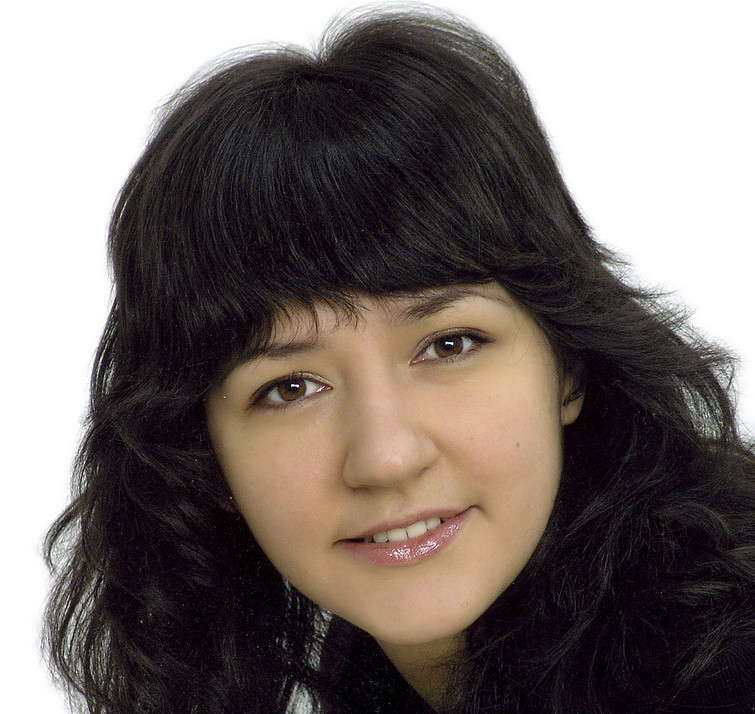The estimable Worshipful Company of Musicians continued its four year association with the Rye Festival by sponsoring a lunchtime recital by one of its Yeomen, Maya Irgalina, who presented an all -Chopin programme in St Mary’s on the first Wednesday. As well as showing a most charming platform personality, especially when introducing individual works, Maya Irgalina demonstrated very considerable insight into her choices.
It is sometimes said that the two parts of the Andante Spianato and Grande Polonaise Brillante are so different as to make them two separate pieces, but this pianist made complete sense of the pairing by making the first section very spianato (smooth) indeed and the second very brillante indeed, so making unity out of contrast. The four movements of the very testing Third Piano Sonata, successor to the extraordinary so-called Funeral March sonata, was perhaps less unified, but the third movement largo was treated most beautifully and movingly.
Miss Irgalina chose the Fourth Scherzo, she told us, because it has more joy in it than the others and she brought out that quality without neglecting its more reflective elements. She concluded with the Fantasie Impromptu Opus 66, a beautiful work which was almost lost, as Chopin asked that none of his unpublished pieces, of which this was one, be published after his death.
Chopin died in 1849 and this beautiful work finally appeared in 1855. Its beauty rather than its more stormy side was emphasised, and it was daring of the young soloist to end with a piece that concludes quietly rather than with an avalanche of virtuosity. A gentle Rachmaninov encore concluded an extremely pleasing recital by a most talented and engaging soloist.
That same evening in St Mary’s, Alexander Panfilov, winner of the Hastings International Piano Concerto Competition in March, presented a very different programme and proved a very different kind of pianist. He began by showing how well able he is to convey atmosphere by giving a most convincing and musical account of Debussy’s Estampes, with places, East Asia, Spain and France, and sounds, eastern instruments, guitars and weather, all clearly rendered.
Changing to an earlier master, Alexander Panfilov then exhibited great virtuosity in three pieces by Liszt with much mercurial and vivid fingerwork, as well as a good deal of tonal variety, concluding the first half with a very powerful interpretation of the first Mephisto Waltz, which reminded us that, as the programme notes point out, was first written for orchestra.
In the second half, Alexander Panfilov offered us a work with which he is becoming associated and which is one of the giant piano works of the nineteenth century: Mussorgsky’s Pictures at an Exhibition. He did it full justice, ensuring that the enormous range of mood, tempo and atmosphere suggested by the musical realisations of Viktor Hartmann’s paintings were all integrated into the massive overall structure.
Some felt that the performance was too forte in places but its stupendous ending, with the massive Great Gate of Kiev looming menacingly over every one of us, seemed completely fitting. A Rachmaninov prelude encore completed a memorable evening in which Alexander Panfilov showed how much he is developing as an artist. It is a pity this recital was not better attended.



